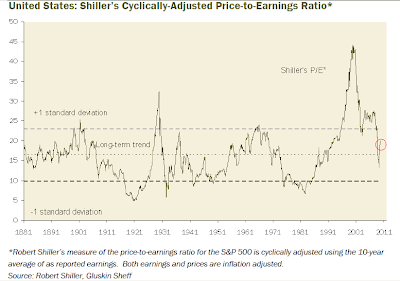Today marks 80 years since the best known part of the 1929 stock market collapse, a two-day rout on Oct. 28 and Oct. 29 of that year. The equities crash brought a painful close to the period of unbridled financial optimism that was the 1920s.
To mark the occasion, MarketBeat has been asking financial historians for their thoughts — mini-essays if you will — on how the Great Crash informs the way we think about the current market recovery. Today’s offering comes from Richard Sylla, Henry Kaufman Professor of the History of Financial Institutions and Markets at New York University:
Because their teachers and their history books said so, most people know that the Great Crash of 1929 caused the Great Depression of the early 1930s. I am not one of these people.
What I know is that the Dow Jones Industrial Average closed at 306 the day before Black Thursday, October 24, 1929, and at 199 on November 13, three weeks later. That drop of 35 percent was the Great Crash. I also know that on April 17, 1930, the day before Good Friday, the Dow closed at 294, or 96 percent of its level before Black Thursday. In other words, almost all of the decline of the crash proper had been undone by a recovery of 48 percent in the Dow between Halloween ’29 and Easter ’30. Most people don’t know that, or if they ever did they forgot it.
On Good Friday ’30, the New York Times referred not to the Great Crash, but to “the break in the market last Fall.” The Times that day also noted that the day before, April 17, “average prices worked higher and a few outstanding issues shot up smartly to new high prices for the year to date,” and that “British interests were investing heavily in these issues.”
The Great Depression began sometime after the spring of 1930, most likely when a lot of banks failed late that year. But the so-called Great Crash a year earlier had almost nothing to do with those bank failures, the first of thousands of bank failures that occurred from late 1930 to March 1933.
What’s interesting from the perspective of 2009 is that from September 12, 2008, the Friday before Lehman, to the low of March 9, 2009, the Dow lost 44 percent. The Great Crash of 2008-09 was actually a greater crash than the Great Crash of 1929. And half a year after the crash lows of last March, the Dow again is up about 50 percent, as it was half a year after October 1929.
Is the market’s recovery since March now giving us a better forecast of what lies ahead than it did in April 1930? Let’s hope so. Let’s hope, too, that people stop exaggerating the effects of “the break in the market” in October ’29.



